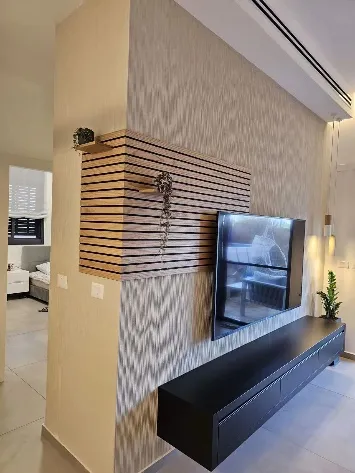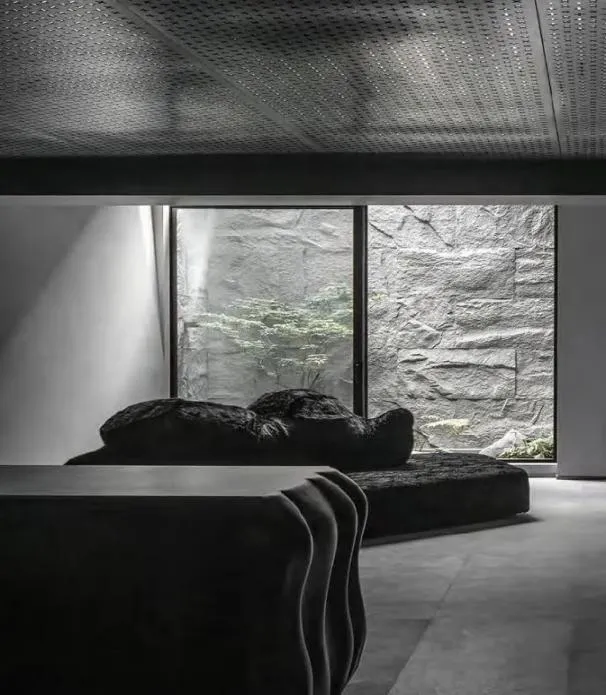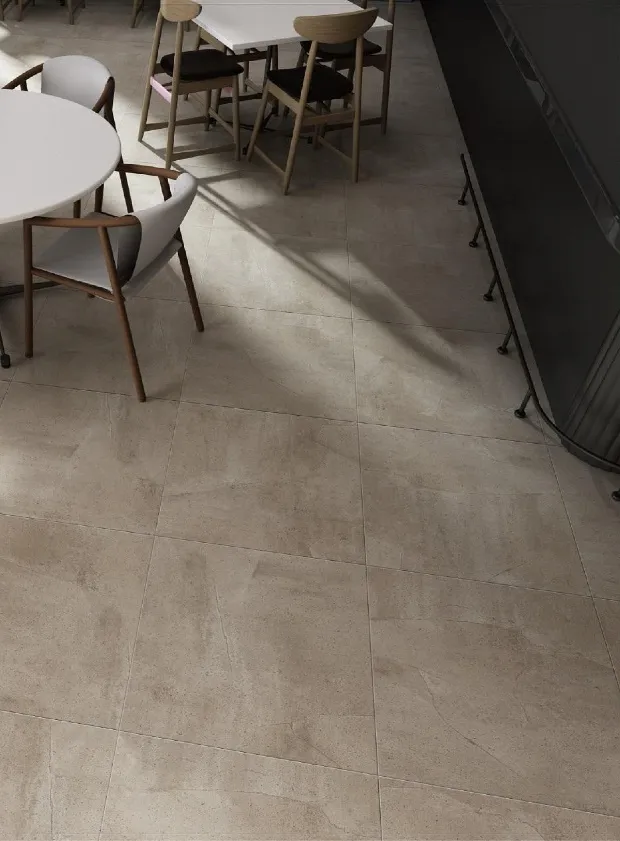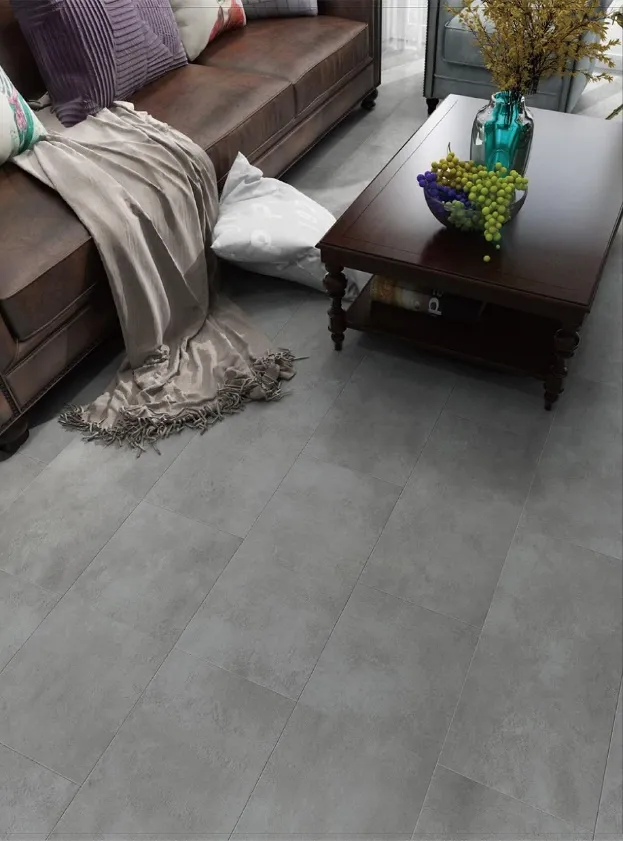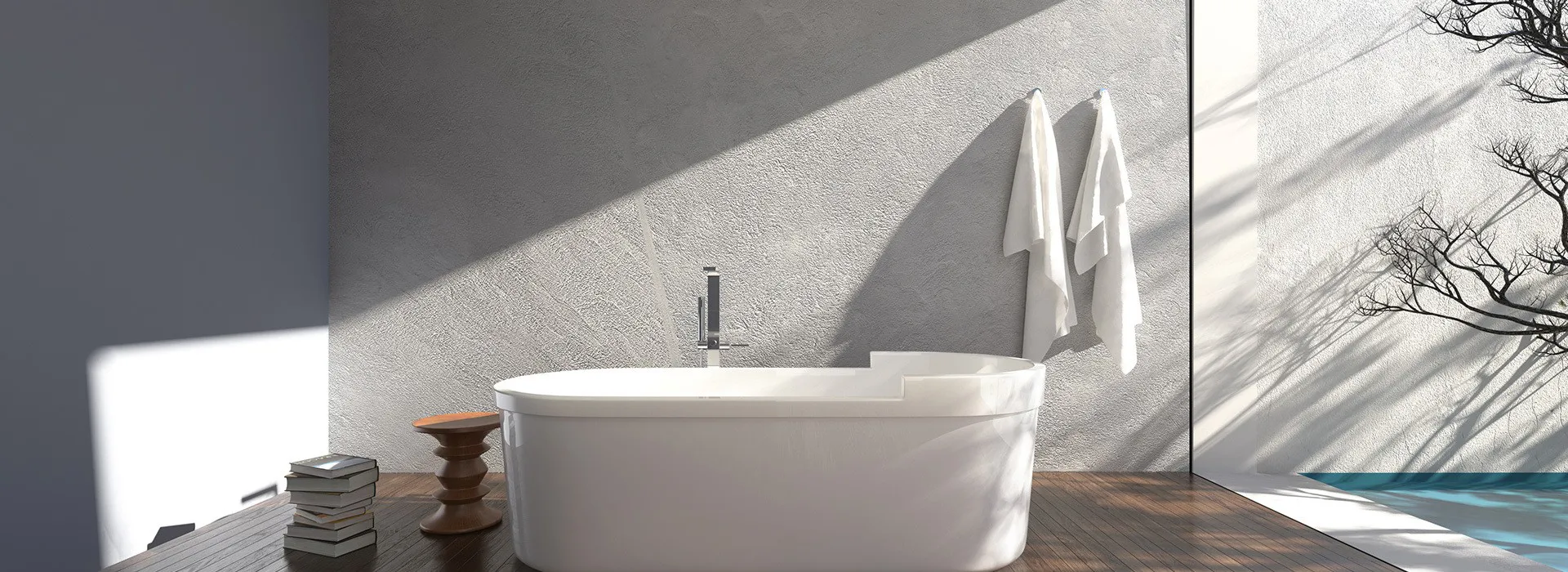
How to Get the Best Value Bookshelf for the Least Money? Buying Tips
Let's be real—we've all been there. You walk into a furniture store, eyes scanning the shelves, and spot a bookshelf that looks perfect. But then you check the price tag, and suddenly that "perfect" piece feels more like a luxury than a necessity. Or maybe you order one online, excited about the low cost, only to find it wobbles when you put the first stack of books on it. Sound familiar? If you're tired of choosing between overpriced, flimsy, or ill-fitting bookshelves, you're in the right place. Today, we're breaking down exactly how to score a high-quality bookshelf that fits your space, your style, and your budget—no fancy jargon, just practical tips from someone who's helped hundreds of people do the same.
Step 1: Start with the "Why" – Figure Out What You Actually Need
Before you even think about swiping your card, ask yourself: What's this bookshelf really for? Too many people skip this step and end up with a shelf that either does too little or way more than needed. Let's break it down:
Pro Tip: Grab a notebook (or your phone's notes app) and jot down these three things:
- Book count: Roughly how many books do you have? A quick way is to stack 10 books and measure their total width—then multiply by how many stacks you have. This tells you the minimum length your shelf needs.
- Space location: Is it going in a tight corner? Next to a window? Under a TV? Measure the height, width, and depth of the spot twice —trust me, I've seen friends buy a shelf that's 2cm too tall for their ceiling. Ouch.
- Bonus uses: Will you also put decor, plants, or photo frames on it? If so, you'll need sturdier shelves and maybe some adjustable heights.
Here's where it gets smart: If your needs are specific—like odd dimensions or a unique style—don't waste time with ready-made shelves. Instead, look for a customized furnitures supplier . These folks don't just sell shelves; they build them to fit your space like a glove. For example, I once helped a client with a narrow hallway nook—standard shelves were too wide, but a custom supplier made a slim, tall unit that fit perfectly. They saved money by not paying for extra materials they didn't need, and the shelf actually fit. Win-win.
Step 2: Material Matters – Don't Overpay for "Fancy" When Practical Works
Walk into any furniture store, and you'll see shelves labeled "solid oak," "walnut," "engineered wood"—and the prices jump faster than a cat on a hot tin roof. But here's the truth: You don't need to splurge on rare wood to get a durable shelf. Let's talk materials, plain and simple:
Common Bookshelf Materials: Pros, Cons, and Price Ranges
| Material | Best For | Price (per linear foot) | Pros | Cons |
|---|---|---|---|---|
| Solid Wood | Classic, high-end look; heavy books | $50–$150+ | Durable, ages well, strong | Expensive, warps in humidity, heavy to move |
| Particleboard/MDF | Budget-friendly, lightweight decor | $10–$30 | Cheap, comes in many finishes | Weak for heavy books, swells if wet |
| WPC (Wood-Plastic Composite) | Humid areas (bathrooms, basements) or kids' rooms | $20–$50 | Waterproof, scratch-resistant, affordable | Can feel "plasticky" to some; needs a good supplier |
| Metal | Modern, industrial styles; heavy loads | $30–$80 | Super strong, sleek look | Can scratch floors, noisy when placing books |
My go-to for most people? WPC. Why? It's durable, affordable, and stands up to spills (looking at you, coffee-loving bookworms). But not all WPC is created equal—you need a reliable wpc wall panel supplier (yes, WPC is often used for wall panels, but the same suppliers often make shelving materials too). A good supplier will use high-quality wood fibers and plastic, so the shelf doesn't bend under weight. I once tested a cheap WPC shelf from a no-name brand—it sagged after holding 10 hardcovers. But a shelf from a trusted WPC supplier? It held 30 books with zero issues. The difference? The supplier cared about the material mix, not just cutting costs.
And if you're set on wood but don't want to pay solid oak prices? Look for veneer. It's real wood glued to a cheaper base (like plywood), giving you the look without the price tag. Just avoid "fake wood" stickers—they peel off faster than a band-aid on a kid.
Step 3: Size Isn't Everything – Plan for the Long Haul
You've measured your space, picked a material—now let's talk about how the shelf is built. Even the best material can fail if the design is bad. Here's what to watch for:
- Depth: Most books are 6–10 inches deep. A shelf deeper than 12 inches is just wasting space (and money). Unless you're storing large art books, stick to 10–12 inches max.
- Spacing between shelves: Standard is 12–16 inches, but if you have tall coffee table books or binders, you'll need 18+ inches. Adjustable shelves are your friend here—they let you change as your book collection grows.
- Weight capacity: Check the specs! A shelf that says "50 lbs per tier" sounds good, but if you're stacking hardcovers, that might not be enough. Ask the supplier to clarify—reputable ones (like good customized furnitures suppliers ) will even test it for you.
Story time: A client once bought a "fancy" shelf online because it looked great. The depth was 18 inches, so she thought she had extra space—until she realized her books only took up 8 inches, leaving a 10-inch gap where dust collected and decor looked lost. She ended up buying a second, smaller shelf for the decor, doubling her cost. Moral? Measure your books, not just the wall.
Step 4: Budget Hacks – How to Stretch Every Dollar
Let's get real about money. You want the best value, not the cheapest shelf. Here's how to split your budget wisely:
Sample Budget Allocation for a $500 Shelf
- Materials (50%): $250. Spend here—skimping on materials leads to replacing the shelf in a year.
- Customization (if needed, 20%): $100. Paying a customized furnitures supplier to adjust dimensions or add features (like adjustable shelves) saves you from buying a bigger, pricier shelf.
- Installation (15%): $75. If you're not handy, hiring a pro avoids mistakes (like drilling into a stud incorrectly and ruining the wall).
- Finishing touches (15%): $75. A can of paint or stain to match your room, or small brackets to secure the shelf to the wall (safety first!)
Another trick: Buy floor models or open-box items. Stores often discount these by 20–30% because the box is damaged, but the shelf itself is perfect. Just inspect for scratches or dents—minor ones can usually be fixed with touch-up paint. I once got a solid wood shelf this way for $120 instead of $200—saved enough for a new book to put on it!
Step 5: Where to Buy – Skip the Middleman When You Can
Not all buying channels are created equal. Let's compare the pros and cons:
Step 6: Keep It Lasting – Maintenance Tips to Save Money Long-Term
Your shelf is home now—don't let it wear out faster than it should. A little care goes a long way:
- Dust regularly: Use a microfiber cloth to prevent buildup, which can scratch the surface over time.
- Watch the weight: Even if the shelf says it holds 50 lbs, don't stack all your heaviest books on one tier—distribute the weight evenly.
- Protect from moisture: If you're using WPC (from a good wpc wall panel supplier ), you're already waterproof, but for wood shelves, avoid placing them near windows or AC vents that cause condensation.
- Tighten screws: Every 6 months, give the shelf a once-over—loose screws are the number one cause of wobbly shelves.
Think about it: A shelf that lasts 10 years costs less per year than one that needs replacing every 2 years. That's value.
Final Thoughts: It's About Value, Not Perfection
At the end of the day, the "best value" bookshelf isn't the cheapest or the fanciest—it's the one that fits your space, holds your books, and lasts without breaking the bank. Start with your needs, pick the right material (don't sleep on WPC from a reliable supplier), and don't fear customization if you need it. Remember, a customized furnitures supplier isn't a luxury—it's a tool to get exactly what you need, for less than you might think.
Now go out there, measure twice, and build (or buy) that shelf. Your books (and your wallet) will thank you.
Tags:
Recommend Products


